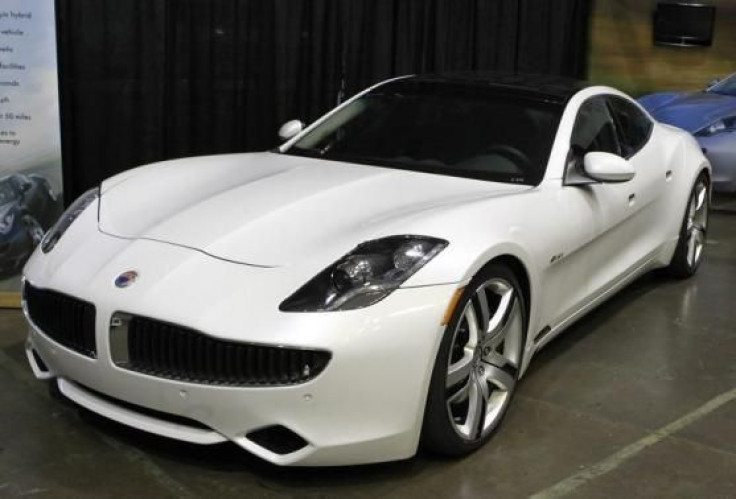Chinese Owner Of Fisker Says Relaunched Karma Electric Hybrid Luxury Car Will Look Much The Same

A Chinese auto parts manufacturer says it’s speeding up the relaunch of the Fisker Karma, the short-lived, ill-fated, $100,000 plug-in electric hybrid luxury car introduced in 2011 with the help of $200 million from taxpayers. And in order to expedite the process, Wanxiang Group insiders say the car will look pretty much as it did in 2012 before a series of recalls sent the vehicle’s maker, Fisker Automotive, into insolvency last year.
Keeping the design of the car is not surprising since its distinct look, created by renowned Danish auto designer Henrik Fisker, was the only part of it to receive acclaim. But under the hood, the Karma was slammed for having low fuel economy when running on gasoline alone, and was the only car to have ever broken down during a Consumer Reports review — not a good sign for a startup in an industry historically littered with startup failures.
Wanxiang has high hopes it can reverse this ill fortune, and in order to tackle some of the foibles that led to Karma’s downfall, a source close to the matter told Reuters, "The new Karma will be different in many key areas. It will have noticeable upgrades.”
No details yet about when the car would go on sale, or what would be different about it. For example, will it still have those speakers in the front bumper that emit a sound when traveling slowly in stealthy electric mode to warn pedestrians? Will it still have a solar panel roof to help power the cabin’s climate control? Will the interior still be trimmed with reclaimed lumber?
With the influx of cash from Wanxiang’s $149 million purchase of Fisker Automotive earlier this year, the company says it wants to build three future hybrid electric models, including a more affordable mid-sized plug-in electric hybrid.
Like the Chevrolet Volt, the Karma can run on electric only power before switching to gasoline. But the 2012 Karma could get only 32 miles from its 20 kWh battery pack. The 2015 Volt can travel 38 miles per charge (mpc), so presumably part of the Karma’s “noticeable upgrade” will include improved range to meet the current standards of a rapidly changing technology.
Pin Ni, head of Wanxiang's U.S. operations, said in February after his company bought Fisker that the car would, like its predecessor, be manufactured by Valmet Automotive in Finland.
Only 1,800 Karmas were sold before the company went bankrupt.
© Copyright IBTimes 2024. All rights reserved.












